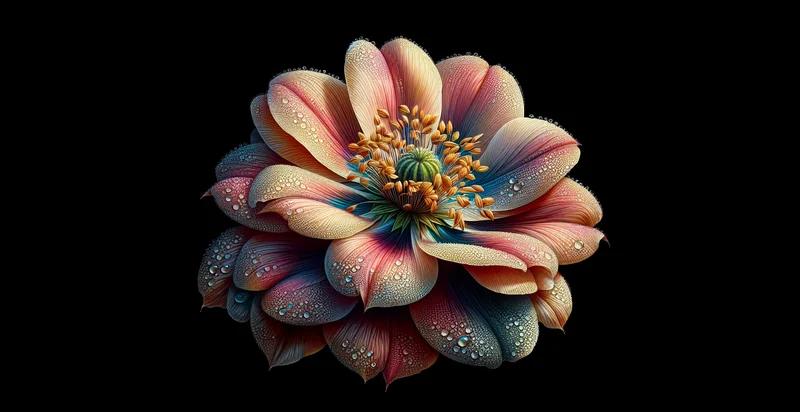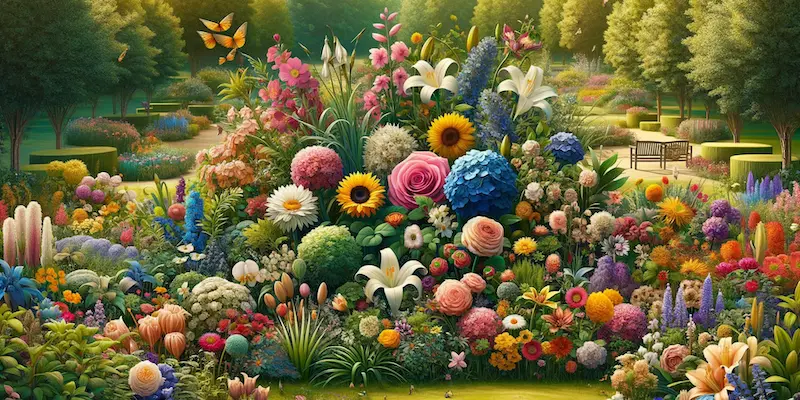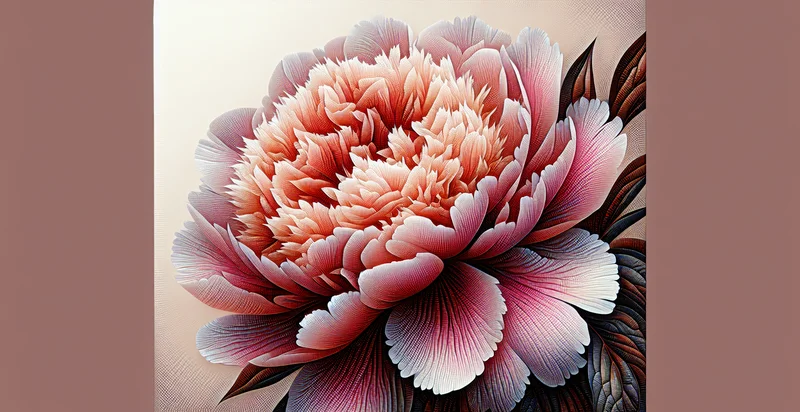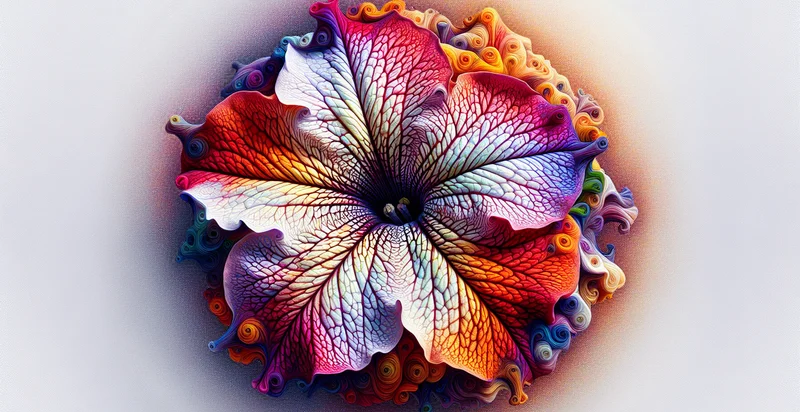Identify if there is a flower
using AI
Below is a free classifier to identify if there is a flower. Just upload your image, and our AI will predict if there is a flower - in just seconds.


Contact us for API access
Or, use Nyckel to build highly-accurate custom classifiers in just minutes. No PhD required.
Get started
import nyckel
credentials = nyckel.Credentials("YOUR_CLIENT_ID", "YOUR_CLIENT_SECRET")
nyckel.invoke("if-there-is-a-flower", "your_image_url", credentials)
fetch('https://www.nyckel.com/v1/functions/if-there-is-a-flower/invoke', {
method: 'POST',
headers: {
'Authorization': 'Bearer ' + 'YOUR_BEARER_TOKEN',
'Content-Type': 'application/json',
},
body: JSON.stringify(
{"data": "your_image_url"}
)
})
.then(response => response.json())
.then(data => console.log(data));
curl -X POST \
-H "Content-Type: application/json" \
-H "Authorization: Bearer YOUR_BEARER_TOKEN" \
-d '{"data": "your_image_url"}' \
https://www.nyckel.com/v1/functions/if-there-is-a-flower/invoke
How this classifier works
To start, upload your image. Our AI tool will then predict if there is a flower.
This pretrained image model uses a Nyckel-created dataset and has 2 labels, including Flower Absent and Flower Present.
We'll also show a confidence score (the higher the number, the more confident the AI model is around if there is a flower).
Whether you're just curious or building if there is a flower detection into your application, we hope our classifier proves helpful.
Related Classifiers
Need to identify if there is a flower at scale?
Get API or Zapier access to this classifier for free. It's perfect for:
- Garden Monitoring System: This application can be integrated into smart gardening solutions to assess the presence of flowers in residential gardens. Homeowners can receive real-time updates about their garden's health and flower bloom status, facilitating better care and maintenance.
- E-Commerce Floral Inventory Management: Online flower shops can use this image classification function to automatically identify and catalog flowers in their inventory. This automation can streamline the process of updating stock levels, ensuring that customers always see the most accurate selection of available flowers.
- Botanical Research Support: Researchers can apply this function in the field to quickly identify flowers for biodiversity studies. By automating flower recognition, scientists can save time in data collection, allowing for more efficient research and analysis of plant populations.
- Augmented Reality Gardening Apps: This technology can be incorporated into AR apps that help users identify flowers in their surroundings. Users can point their devices at plants and receive instant identification, care tips, and other relevant information, enhancing their gardening experience.
- Wildlife Conservation Efforts: Conservationists can leverage this function to monitor and identify flowering plants in natural habitats, which are important for pollinator species. By understanding flower availability, they can make informed decisions about habitat protection and restoration efforts.
- Educational Tools for Botany Students: Educational institutions can implement this function in interactive learning tools for botany students. Students can take pictures of local flora and receive instant identification, enhancing their learning through hands-on experience with plant recognition.
- Floral Design Software: This feature can be integrated into design software used by florists to evaluate and select flower arrangements visually. By identifying available flowers through images, florists can create stunning designs that match customer preferences and ensure they use the freshest options.


